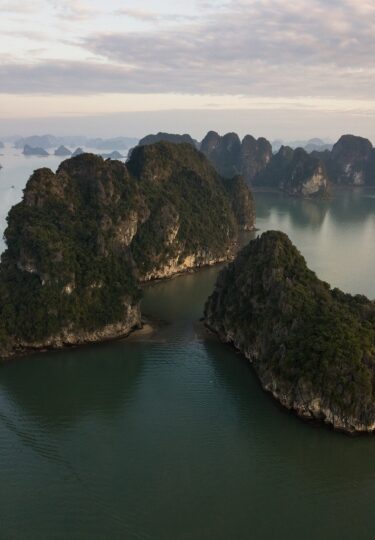The best time to visit Vietnam is between November and April when most of the country is experiencing its dry season. During this period, the temperatures are warm and pleasant without extreme humidity, and you’ll avoid the summer monsoon rains.
When planning for your visit, it’s essential to consider the country’s three distinct climate areas. Spanning over 1,000 miles from top to bottom, each region—north, central, and south—witnesses different periods of showers.
These latitude-defining climates lead Vietnam’s weather to usually be categorized into two seasons—dry and wet—especially in the south, which doesn’t see the more clearly defined four seasons of the north.
Visiting Vietnam By Season
Summer
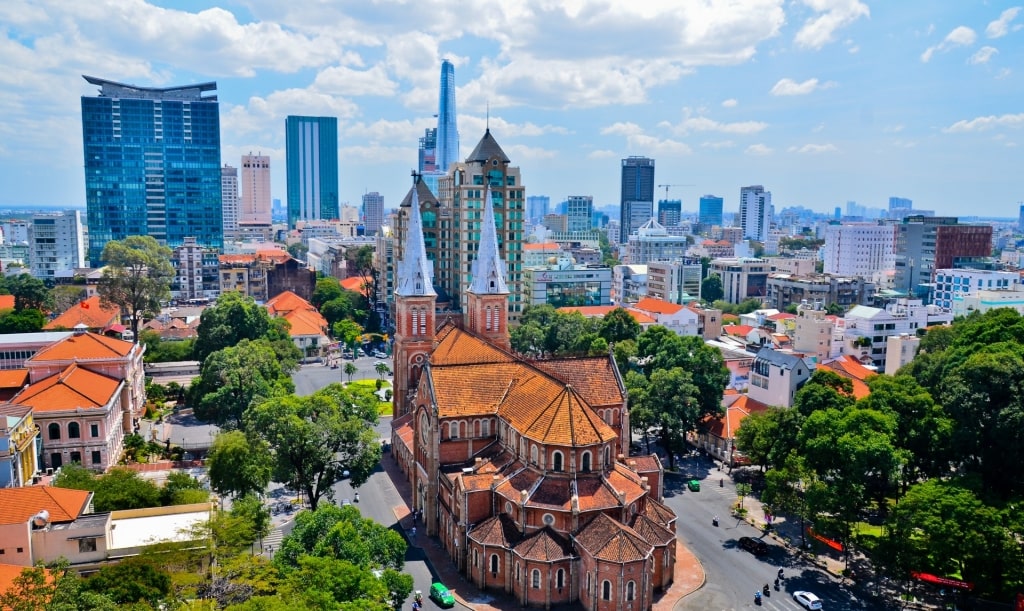
Ho Chi Minh
During Vietnam’s long, hot and humid summers—which can last from May until September—temperatures soar, hitting highs of 84°F (29°C) in Hanoi and 91°F (33°C) further south in Ho Chi Minh.
While this is an excellent time to head to the dry and sun-kissed (albeit crowded) central beaches, the rest of the country is experiencing the wet season, especially in the south where afternoon thunderstorms are common.
Fall
Fall (generally regarded as September until November) is perhaps the best time to go to Vietnam if you want to hike around Sapa, as the recently passed showers have reinvigorated the lush landscapes.
In the central and southern regions, however, the wet season is in full swing, often with typhoons in the center of the country and steamy storms in the south, where humid monsoon temperatures peak around 89°F (32°C).
Winter
Although winter, from November to January, is when the north experiences its coldest days—with temperatures peaking around 63°F (17°C) in Hanoi—the dry weather across most of the country makes it the most popular and best time to visit Vietnam for many international travelers.
In the south of the country, the dry season has also begun, and temperatures around Ho Chi Minh peak at a manageable 90°F (32°C).
In the center, the wet season continues until December, although sunnier days become much more common than showers, and typhoons aren’t a concern as in fall. With daytime temperatures of around 77°F (25°C) in Da Nang, the less harsh heat makes beach days in the central region tempting, yet without the crowds seen in summer.
Spring
Vietnam’s spring is considered to be from February until April, especially in the north of the country, where the dry weather and rising temperatures—61°F to 82°F (16°C to 28°C) in Hanoi—make for an enjoyable visit, especially to take boat trips around Hạ Long Bay.
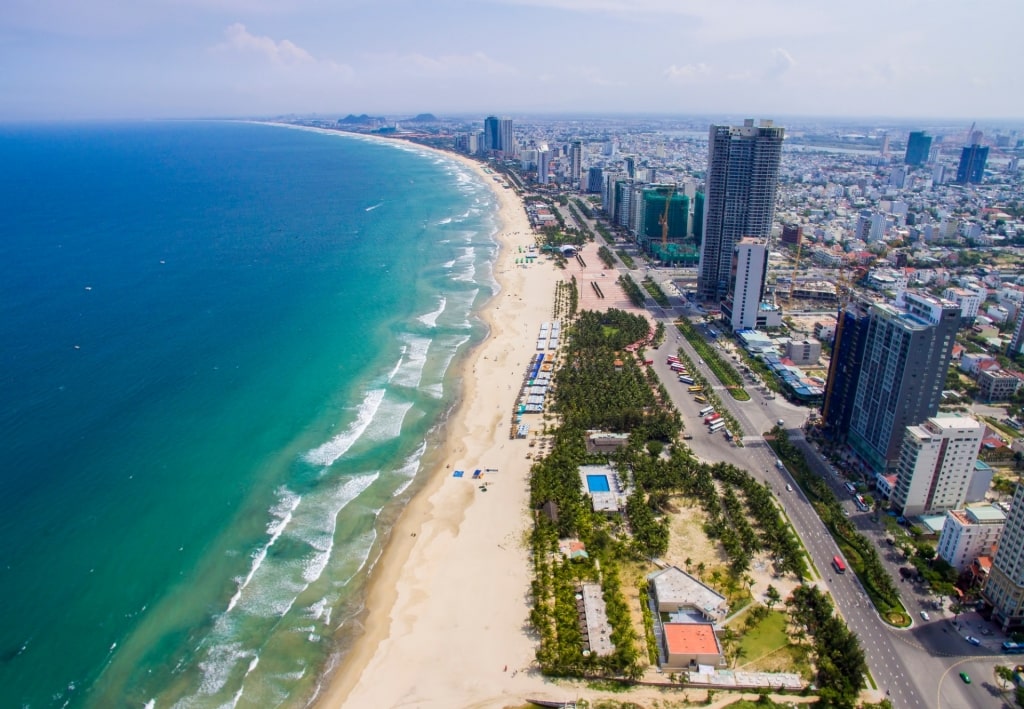
My Khe Beach, Da Nang
This is also the best time to visit Vietnam as a whole for rounded temperatures across the country, as the central region experiences its dry season with temperatures ranging between 70°F to 88°F (20°C to 31°C) in Da Nang, making beach visits far more alluring.
In the south, the dry season continues, and temperatures start to rise, ranging between 73°F to 94°F (23°C to 34°C), with April often being the hottest month of the year. After this, though, temperatures can feel just too intense, and with lower water levels on the Mekong Delta’s tributaries, the southern region is less lush and navigable by boat.
When Is Rainy Season?
Vietnam’s rainy season varies between the three regions, with showers ranging from brief and intense downpours to more extreme and extended storms, particularly at the height of the typhoon season.
In the north, the rainy months are from May until September, while the central region usually sees showers and typhoons between September and December. In the south, the monsoon period generally lasts between June and November, with dramatic afternoon thunderstorms to be expected in the first few months of the season.
When Is High Season?
Vietnam is busy year-round, especially in the densely populated urban areas. Still, there are some clearly defined high seasons for travelers during the year.
For the majority of international visitors, the most popular and best time to visit Vietnam is from November to April, when there is reliable—and not extreme—weather across the whole country.
However, many domestic tourists often vacation in what we would describe as shoulder and low season, meaning Vietnam will be busy no matter which time of year you visit.
Of particular note is Tết, the Vietnamese New Year in late January or February when everyone is on the move, and the peak central beach season in July and August. Over these two months, crowds flock to the coast to escape the extreme summer heat, leading this part of the country to have its own peak season.
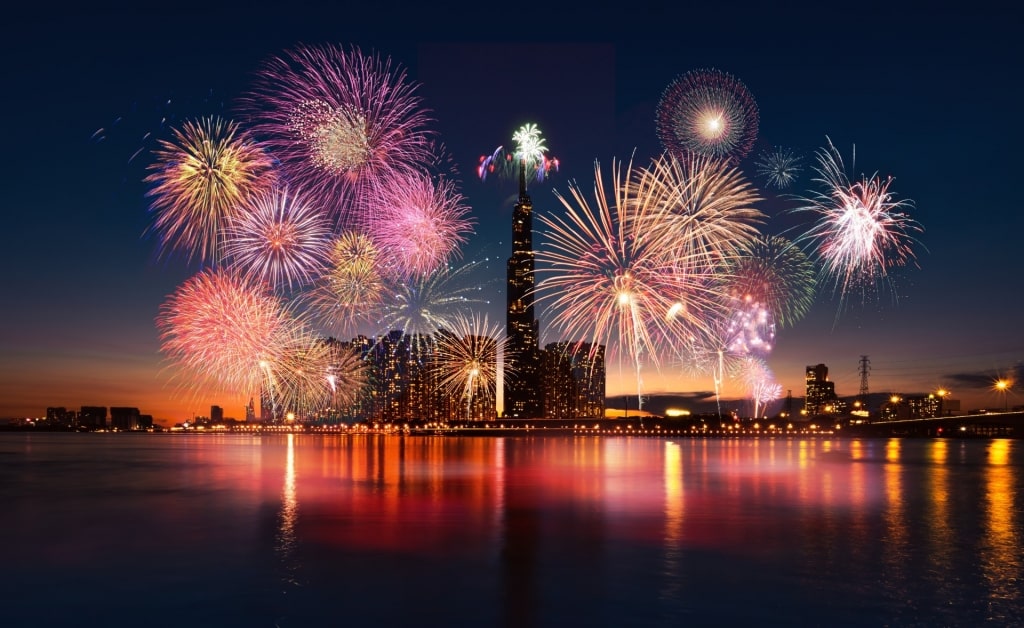
New Year’s Day in Ho Chi Minh
When Is Shoulder Season?
Shoulder season in Vietnam tends to be more of an overlap between high and low seasons, and also the balmy months of June and July.
During these two months, many travelers visit Vietnam for the beaches, which can have a spillover effect on the rest of the country’s main sights. With domestic travel very popular during either side of the international peak season, the most famous attractions remain busy regardless.
When Is Low Season?
Vietnam’s low season, especially for international visitors, is between late April and June and September to early November.
The hot, humid, and stormy weather in the south and the fall typhoon season in the central region is not conducive to sightseeing and activities, unless you’re an avid hiker, in which case you may find this is the best time to visit Vietnam for trekking in the northern mountains.
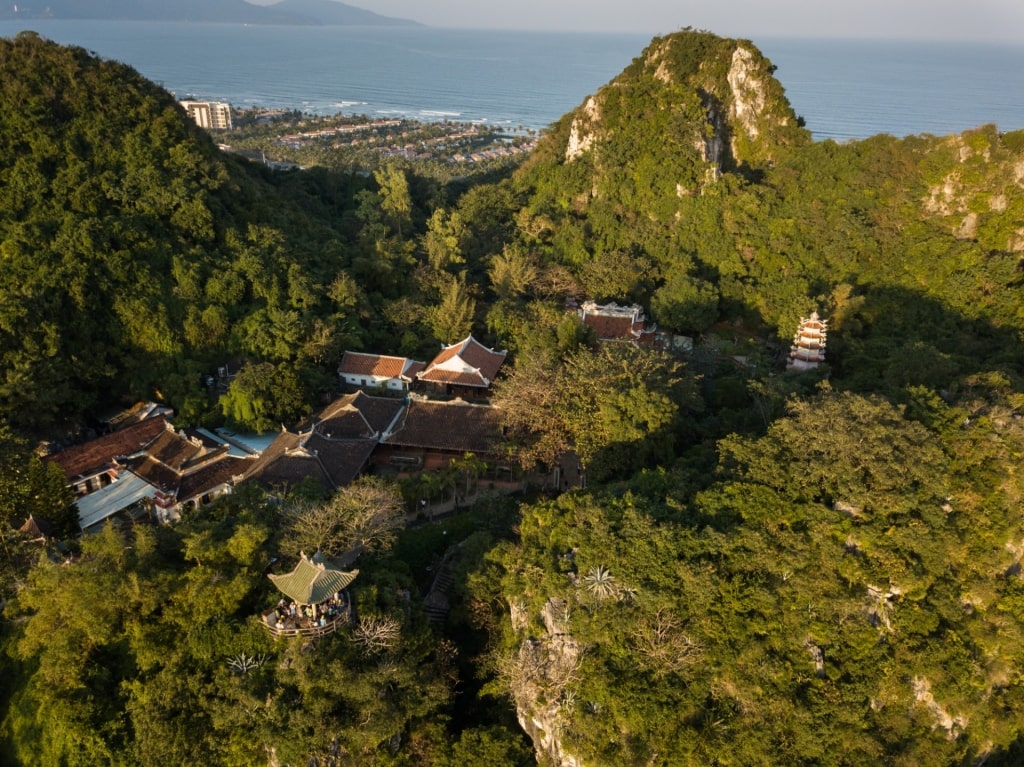
Marble Mountains, Hoi An
Eager to explore all of Vietnam’s dynamic cities and dreamy landscapes? Browse Celebrity’s cruises to Vietnam to find your perfect vacation.
